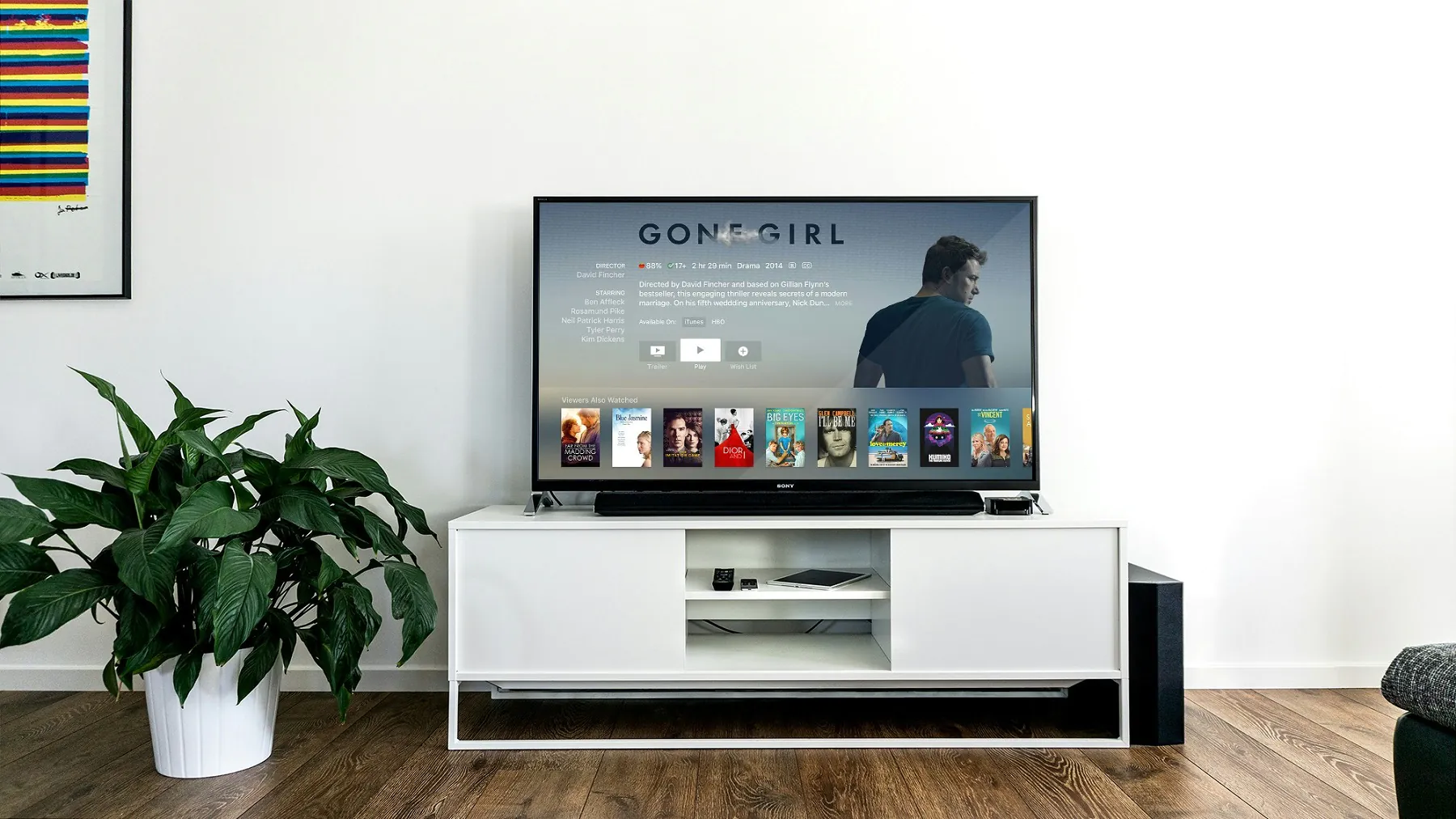When it comes to buying TV, consumers consider various factors before anything else. Most consider the TV size, the resolution and picture quality, smart features and capabilities, brand loyalty, and audience recommendations. However, energy efficiency is also becoming a big factor in buying TVs nowadays. More and more people want an energy-efficient TV, whether it be for their homes or business establishments.
Now what makes an energy-efficient TV, and what is the most energy-efficient TV type consumers can choose?
What is energy efficiency?
Energy efficiency, simply put, means using less energy when performing a task, reducing energy waste. This also refers to the ratio of useful; energy output to the total energy input in any given system or process. Energy efficiency is a measure of how effectively energy is being utilized to perform a specific task or achieve an outcome.
In practical terms, energy efficiency involves using less energy to accomplish the same tasks to reduce energy waste, lower energy costs, and contribute to a better environmental impact. Energy efficiency can be implemented in residential houses, commercial buildings, communities, vehicles, workplace operations, individual appliances and equipment, and a lot more.
Energy efficiency can be achieved through various methods, such as upgrading devices and systems to more efficient models, implementing and maintaining energy-saving techniques, optimizing workflows, and adopting better energy management practices.
Energy efficiency is crucial for several reasons:
- Cost Savings: Homes and commercial buildings consume 40% of the energy used in the United States, and the average American pays $2000 for energy annually. By using energy more efficiently, individuals and businesses can reduce their energy bills, leading to cost savings in the long run.
- Environmental Benefits: Improved energy efficiency can help mitigate environmental impacts associated with energy production and consumption. This includes reduced greenhouse gas emissions, reduced carbon pollution, and decreased reliance on fossil fuels.
- Resource Conservation: Using energy more efficiently means that fewer natural resources are consumed. This helps conserve valuable resources such as fossil fuels and water.
- Energy Security: Increased energy efficiency can also enhance energy security. This is done by reducing dependence on imported energy sources and making energy systems more resilient to disruptions.
- Job Creation and Opportunities: Energy efficiency makes way for more jobs. More programs, research and development, production, and sales of energy-efficient products and systems mean more job opportunities will support communities.
- Better Quality of Life: Energy efficiency helps people live longer and have a better quality of life. Conserving energy can lead to a positive environmental impact, which in turn creates a better place to live for humans. In fact, according to a report by the Natural Resources Defence Council (NRDC), cutting nationwide energy consumption by 15% a year could help save six American lives a day and avoid up to $20 billion in health-related problems.
In conclusion, energy efficiency plays a crucial role in promoting sustainability, better resource conservation, and achieving energy goals at individual and societal levels.
What makes a TV energy efficient?
So what makes a TV energy-efficient? What makes a TV model better at consuming energy?
Here are a few factors that contribute to making an energy-efficient TV:
Energy-efficient Display Technology
TVs that use energy-efficient display technologies, such as LED (light emitting diode) or OLED (organic light emitting diode), consume less power compared to older technologies. This includes display technology of a plasma or CRT (cathode ray tube).
Brightness Settings
Most modern TVs have advanced brightness settings. Adjusting a TV's brightness and contrast settings can help reduce energy consumption. Lowering these settings not only saves energy but also prolongs the lifespan of the TV display.
Standby Power Consumption
TVs continue to consume a small amount of power even when turned off (in standby mode) to power features like instant-on capabilities and remote control receivers. An energy-efficient TV minimizes standby power consumption, whether it be through efficient standby modes or by providing options to completely turn off standby power.
Energy-saving Features
Many modern TVs also come with built-in energy-saving features. As energy-efficient TVs, they have automatic brightness adjustments based on ambient light conditions, sleep timers, and power-saving modes that reduce energy consumption when the TV is not in use. All of these features work together to help save and conserve energy.
Energy Star Certification
ENERGY STAR® is a program by the U.S. Environmental Protection Agency (EPA) that certifies energy-efficient products. Hundreds of companies and organizations partner with ENERGY STAR® to deliver cost-saving and energy-efficient products, including TVs. TVs with the Energy Star label meet strict energy efficiency guidelines set by the EPA and contribute to energy-efficient households and businesses.
Size and Screen Resolution
Generally, smaller TVs consume less energy than larger ones. Additionally, TVs with lower screen resolutions (e.g., 1080p instead of 4K) tend to be more energy efficient because they require less power to operate.
TV Power Module
The power module also matters when it comes to energy efficiency in TVs. A good TV power module helps with voltage stability, power efficiency, and other functionalities. A modern power module will have the capability to improve energy efficiency in TVs.
The SOLUM TV Power, for example, is a series of ultra-compact switch-mode power supply modules (SMPS) for LED TVs. SOLUM Group created this line of power modules to save a significant amount of space in the TV, have a high-density power source, and provide reliability to its overall functions. A robust and high-performing power module can help consumers take advantage of energy efficiency in TVs.
Types of TV and their energy consumption
There are various types of TV available to consumers nowadays. These TV types have their own kinds of features, capabilities, and energy consumption. If energy efficiency is high on your list of priorities as a consumer, you need to know about these TVs and how they consume energy.
Here are some of the most common types of TV and their energy consumption:
CRT TVs (cathode ray tube)
CRT TVs are the older, bulkier models prevalent before the advent of flat-screen technologies. They tend to consume more energy compared to modern LED, OLED, or plasma TVs. Energy consumption can vary widely based on screen size and display settings, but CRTs generally consume more power than newer technologies.
Plasma TVs
Plasma TVs were once popular for their superior picture quality, but they are less common now due to advancements in LED and OLED technologies. Plasma TVs typically consume more energy than LED or OLED TVs, especially for larger screen sizes. Their energy consumption can be significant, particularly when displaying bright images or scenes.
Smart TVs
Smart TVs incorporate internet connectivity and additional modern features like streaming apps and web browsing. Energy consumption varies depending on the type of display technology used (e.g., LED, OLED) and the additional features and processing power required for smart functionalities. Some smart TVs may consume slightly more energy than their non-smart equivalents due to the added processing requirements, but this can vary between models.
LED TVs (LCD TVs with LED backlighting)
LED TVs are among the most energy-efficient types of televisions available. Their energy consumption varies based on factors such as screen size, brightness settings, and usage patterns. On average, an LED TV consumes less energy compared to other types like plasma or CRT, which makes it an ideal choice for an energy-efficient TV.
OLED TVs (organic light emitting diode)
OLED TVs are known for their high picture quality and slim design. They are more energy efficient than older technologies like plasma or CRT. OLED TV energy consumption varies based on screen size and usage patterns but is generally lower compared to larger LED TVs.
Of course, it’s still important to note that the specific energy consumption of a TV depends on other variables such as the display technology, screen size, user behavior and usage patterns, and built-in energy-saving features. It’s also important to look for the ENERGY STAR® certification to assure consumers of making more environmentally friendly and cost-effective choices.
What is the most energy-efficient TV?
Determining the most energy-efficient TV can be subjective and dependent on various factors. However, LED TVs and OLED TVs are known to be more efficient than TV models in the past. LED TVs use energy-efficient backlights, and OLEDs usually use self-illuminating pixels. With additional modern features, they’re bound to have more energy-efficient capabilities.
If you truly want to have an energy-efficient TV, here are some tips:
- Choose LED or OLED TVs
- Look for the ENERGY STAR® certification
- Consider the size of the TV
- Look for smart, energy-saving features
- Consider the brand and components (such as the TV power module), and their commitment to sustainability practices
- Practice energy-saving practices and better energy management
Energy efficiency in TVs might seem miniscule at first glance. However, it can elevate lives, help businesses, and help implement sustainability in individual lives, companies, and communities.











